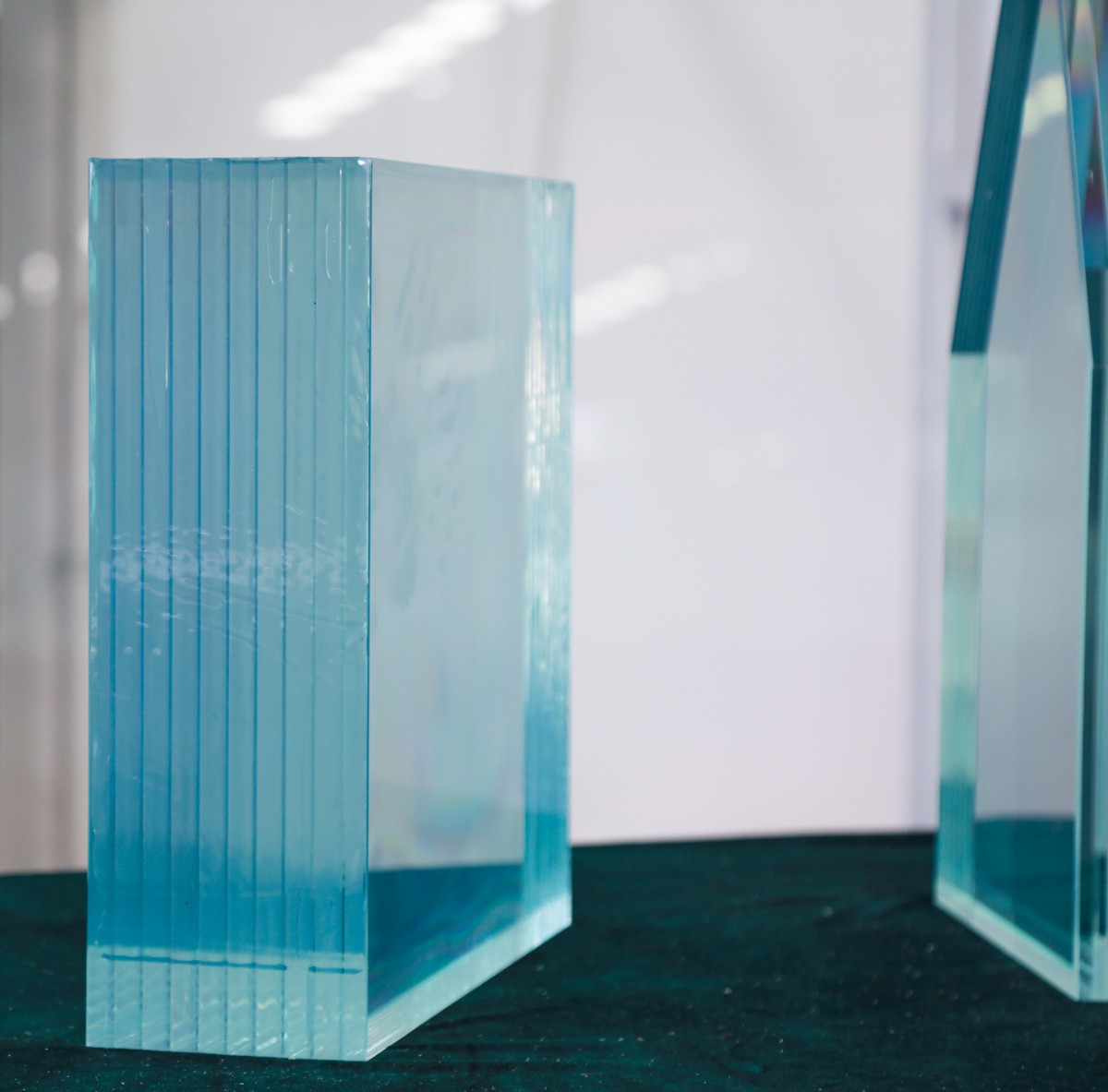Basalt, a volcanic rock formed from the rapid cooling of lava, is not only significant in geological processes but also serves as a fascinating host for various mineral crystals. Understanding the types of crystals that grow in basalt can provide insights into the geological history of an area, the conditions under which the basalt formed, and the potential for mining valuable minerals. This article delves into the intricate relationship between basalt and crystal formation, exploring the types of crystals that can be found within this igneous rock.
The Geological Context of Basalt
Basalt is primarily composed of plagioclase feldspar, pyroxene, and olivine, with a fine-grained texture due to its rapid cooling. This rock is predominantly found in oceanic crust and volcanic islands, making it a key component of the Earth's lithosphere. The formation of basalt occurs during volcanic eruptions, where lava flows cool quickly upon exposure to air or water. The cooling rate, chemical composition of the lava, and the presence of volatiles all influence the crystallization process, leading to the formation of various minerals.
Common Crystals Found in Basalt
- Zeolites: One of the most notable groups of minerals that can crystallize in basalt are zeolites. These hydrated aluminosilicates form in the presence of water and are often found in basaltic lava flows. Common zeolites include analcime, clinoptilolite, and chabazite. Their unique porous structure makes them valuable in various applications, including water purification and as catalysts in chemical reactions.
- Quartz: While quartz is not typically abundant in basalt due to its high silica content, it can occasionally form in basaltic environments, especially in areas where the lava has interacted with silica-rich materials. The presence of quartz can indicate a more complex geological history, including the influence of hydrothermal processes.
- Calcite: This carbonate mineral can form in basalt through the alteration of olivine and pyroxene in the presence of carbon dioxide-rich fluids. Calcite crystals often appear as white or colorless rhombohedra and can indicate past hydrothermal activity.
- Olivine: As one of the primary components of basalt, olivine can also crystallize within the rock. It typically appears as greenish crystals and is a significant indicator of the rock's mantle origin. Olivine is also a valuable mineral for industrial applications, including refractory materials and as a gemstone (peridot).
- Titanite: This mineral, also known as sphene, can form in basalt under specific conditions. Titanite is characterized by its high refractive index and is often found in metamorphic rocks, but it can also crystallize in basaltic environments, particularly where titanium is abundant.
Factors Influencing Crystal Growth in Basalt
The growth of crystals in basalt is influenced by several factors:
- Cooling Rate: The speed at which lava cools significantly affects crystal size and formation. Rapid cooling typically results in smaller crystals, while slower cooling allows for larger crystal growth.
- Chemical Composition: The specific elements present in the lava, such as iron, magnesium, and silica, dictate which minerals can crystallize. Variations in composition can lead to diverse mineral assemblages within basalt.
- Hydrothermal Activity: The presence of water and other volatiles can facilitate the growth of secondary minerals, such as zeolites and calcite, through hydrothermal processes. These minerals often form in the vesicles or cavities within the basalt.
The Economic Importance of Basalt Crystals
Understanding the types of crystals that form in basalt is not only of academic interest but also has practical implications. The presence of valuable minerals such as zeolites and olivine can make basalt deposits economically significant. For instance, zeolites are used in agriculture as soil conditioners and in environmental applications for water treatment. Additionally, olivine is sought after for its use in steelmaking and as a gemstone.
Conclusion
The study of crystals that grow in basalt reveals a complex interplay between geological processes and mineral formation. From zeolites to olivine, each crystal type provides valuable information about the conditions under which the basalt formed. As we continue to explore these volcanic rocks, we uncover not only their geological history but also their potential economic value. Understanding these crystals enhances our appreciation of the Earth's dynamic processes and the hidden treasures that lie beneath our feet.



